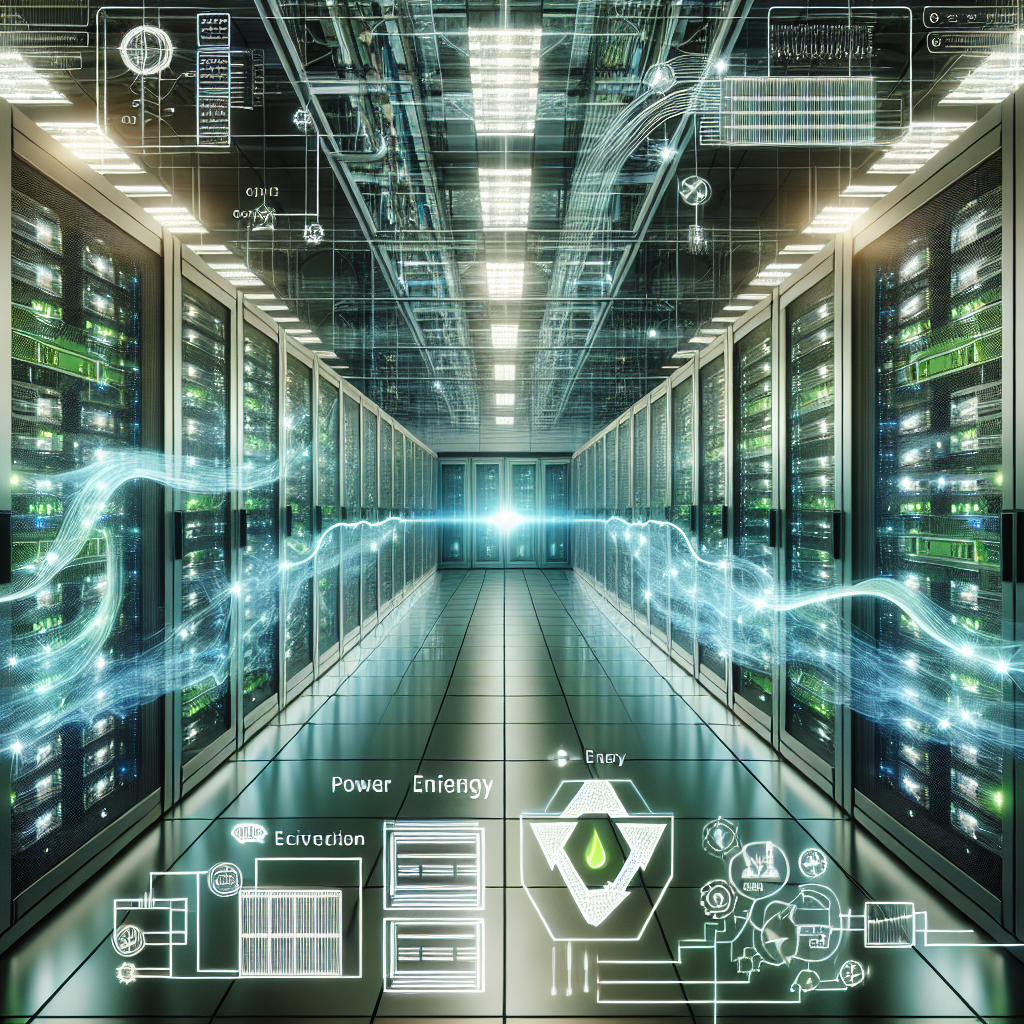Your cart is currently empty!
The Future of Data Center Power Distribution: Trends and Innovations

Data centers are the backbone of the digital age, housing the servers and networking equipment that power our interconnected world. As the demand for data processing and storage continues to grow, data centers are constantly evolving to meet the needs of an increasingly connected society. One key aspect of data center infrastructure that is undergoing significant changes is power distribution.
Traditional data center power distribution systems rely on large, centralized UPS (uninterruptible power supply) units to provide backup power in the event of a grid outage. However, these systems can be inefficient and costly to maintain, especially as data centers continue to scale up in size and complexity. In response to these challenges, innovative new technologies and trends are emerging that promise to revolutionize the way data centers manage and distribute power.
One of the most promising trends in data center power distribution is the move towards decentralized power architectures. Instead of relying on a single centralized UPS unit, data centers are increasingly adopting a distributed approach, with smaller UPS units located closer to the servers they support. This not only reduces the amount of cabling and infrastructure required, but also improves efficiency and reliability by minimizing the distance power needs to travel.
Another key trend in data center power distribution is the integration of renewable energy sources. As concerns about climate change and energy consumption continue to grow, data centers are looking for ways to reduce their carbon footprint and reliance on fossil fuels. By incorporating solar panels, wind turbines, and other renewable energy sources into their power distribution systems, data centers can reduce their environmental impact and lower their energy costs in the long run.
In addition to these trends, several innovative technologies are also shaping the future of data center power distribution. For example, advanced power management software can help data center operators optimize energy usage, reduce waste, and improve overall efficiency. Intelligent power distribution units (PDUs) equipped with sensors and monitoring capabilities can provide real-time data on power consumption and help prevent downtime by detecting potential issues before they occur.
Looking ahead, the future of data center power distribution is likely to be defined by a combination of these trends and innovations. By adopting decentralized architectures, integrating renewable energy sources, and leveraging cutting-edge technologies, data centers can improve efficiency, reliability, and sustainability while meeting the growing demands of our increasingly connected world. As data centers continue to evolve, power distribution will remain a critical aspect of their infrastructure, driving innovation and shaping the future of digital connectivity.

Leave a Reply